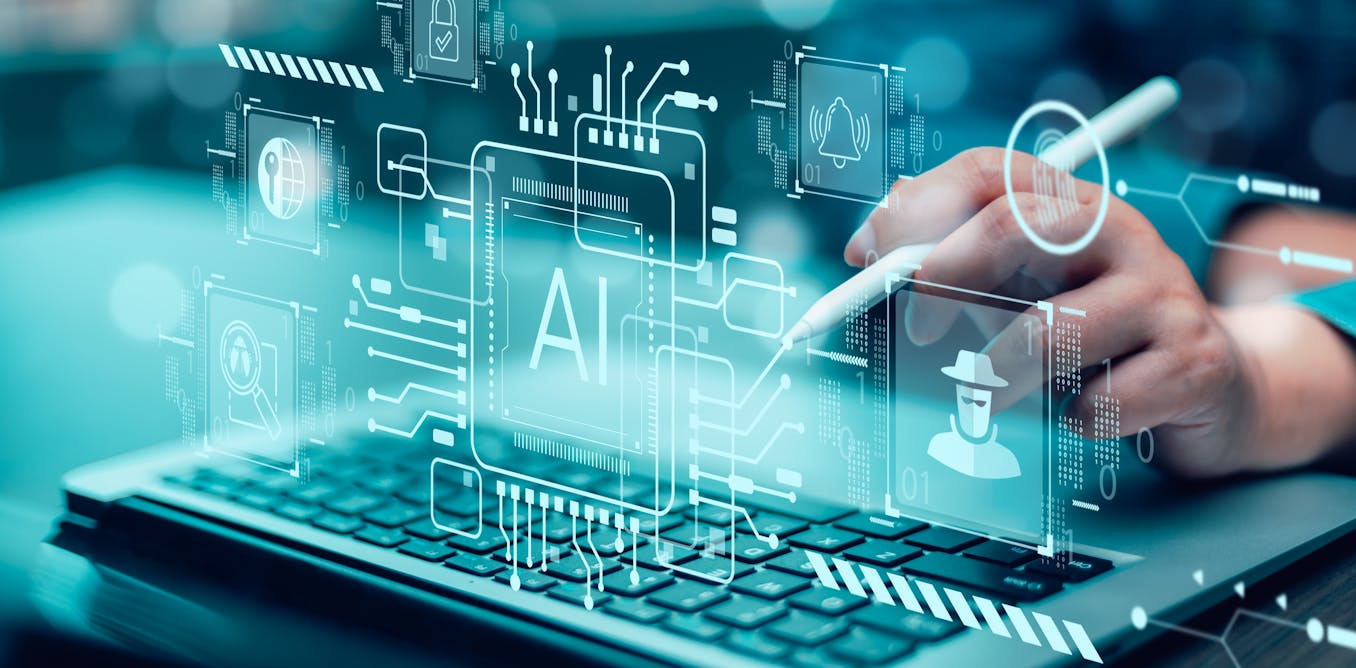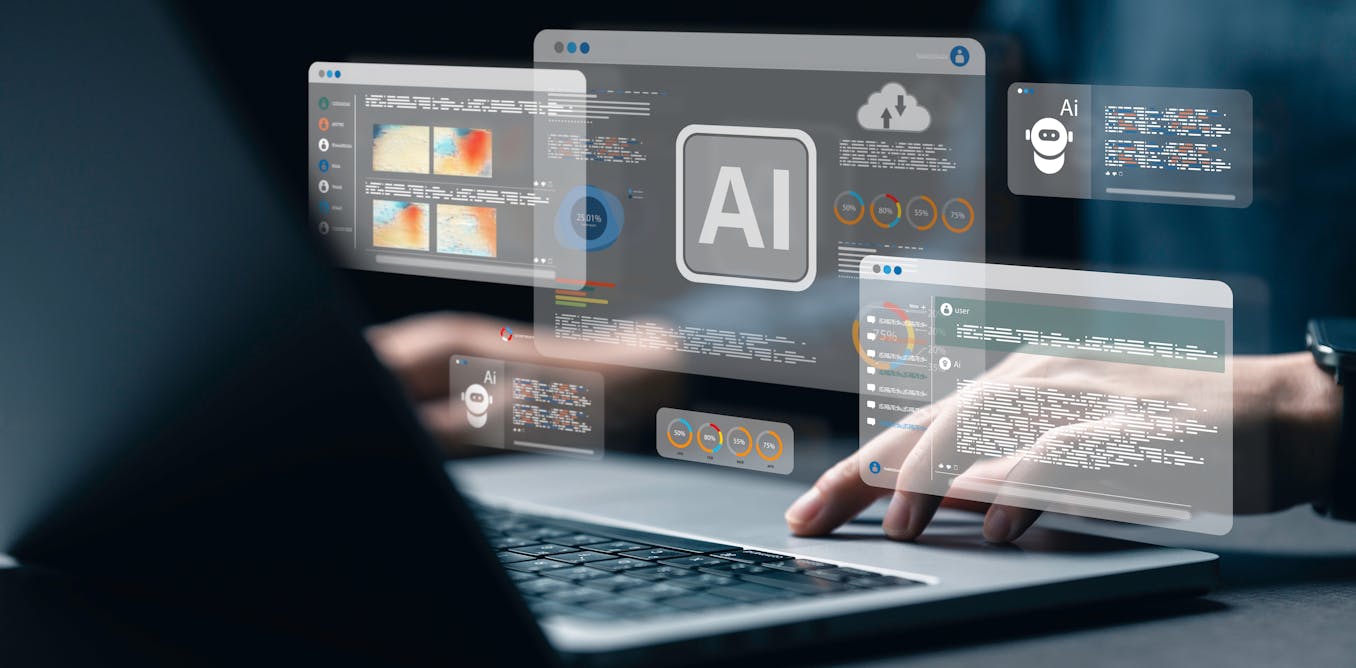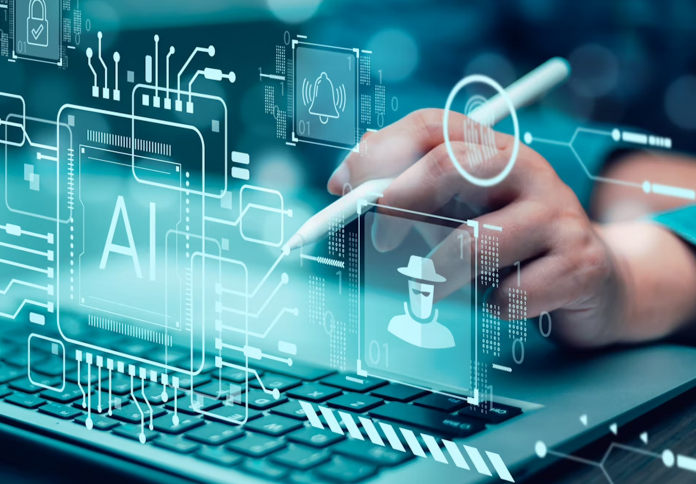Artificial Intelligence (AI), while offering immense societal benefits, poses fundamental new risks to the stability of governance and critical services across the globe. These threats are not limited to distant, theoretical scenarios but are actively undermining national security, election integrity, and the reliability of healthcare. The core dangers stem from the weaponization of AI through disinformation, the vulnerability of complex systems to cyber-attacks, and the potential for algorithmic bias to lead to critical errors in sensitive sectors. Mitigating these risks requires a proactive, multi-pronged strategy that moves beyond simple technological fixes to embrace robust regulatory oversight, international cooperation, and a new focus on human accountability.
AI’s Threat to Democratic Elections and Trust
Generative AI presents an immediate and severe risk to democratic processes by its ability to create and disseminate disinformation and misinformation at an unprecedented scale and speed. This capability threatens the three central pillars of a functioning democracy: representation, accountability, and trust.

The primary tactic is the mass production of deepfakes—highly realistic but fabricated images, audio, and video—misrepresenting political candidates and events. These deepfakes, often spread by malicious actors or foreign adversaries, can be used to exacerbate polarization, undermine democratic accountability, and flood the public discourse with informational chaos. The resulting “liar’s dividend” allows bad actors to dismiss even authentic evidence as fake, further eroding the public’s confidence in truth and established institutions.
Risks to National Security and Cyber Resilience
In the domain of national security, AI creates both new offensive capabilities and profound systemic vulnerabilities. Malicious use of AI can turbocharge traditional cyber-attacks by making phishing attempts more targeted and deceptive, and by accelerating the discovery of zero-day vulnerabilities in critical infrastructure.
Perhaps the greatest risk is the weaponization of AI decision-making models themselves. AI-driven military or surveillance systems could be compromised through the intentional manipulation of training data or input signals—a process known as data poisoning or adversarial attacks. Given the non-transparent nature of many complex AI systems, such attacks could lead to catastrophic malfunctions or erroneous decisions in areas of high consequence, such as autonomous weapons or intelligence analysis.
Vulnerabilities and Bias in the Healthcare Sector
AI is increasingly integrated into healthcare for diagnosis, drug discovery, and treatment planning, yet its application introduces significant risks. The main threat is algorithmic bias, which occurs when AI models are trained on incomplete or unrepresentative patient data.
If a diagnostic AI is trained predominantly on data from one demographic, it may produce inaccurate or discriminatory diagnoses for others, leading to errors in treatment that could be fatal. Furthermore, the lack of transparency (explainability) in some advanced AI models makes it difficult for medical professionals to understand why a machine made a certain recommendation, complicating accountability and hindering the identification of critical errors. Misuse of patient data and the potential for AI-enhanced medical fraud are also emerging concerns.
Regulatory and Legislative Countermeasures
Reducing these multifaceted risks requires robust and coordinated legislative and regulatory action. Governments must move quickly to create AI-specific laws that impose clear guardrails on its development and deployment in sensitive areas.
- Targeted Legislation: Implement new laws that specifically prohibit the creation and dissemination of deceptive and fraudulent deepfakes in election campaigns, assigning clear civil and criminal penalties.
- Mandatory Transparency: Enforce requirements for content provenance and watermarking of AI-generated media, making the origin of synthetic content traceable.
- Auditing and Oversight: Establish independent bodies to audit high-risk AI systems—especially those used in healthcare and critical infrastructure—for bias, explainability, and safety before they are deployed.
The Need for International Cooperation and Accountability
Given that AI threats, particularly deepfakes and cyber-attacks, transcend national borders, no single country can mitigate these risks alone. International cooperation is essential to establish global norms and standards for AI governance.

This involves platforms for knowledge-sharing between nations and tech companies on best practices for detection and security. Critically, regulations must focus on enforcing human accountability. Legal frameworks must clearly define who is responsible for damages caused by an autonomous or AI-operated system—be it the owner, the manufacturer, or the programmer—to incentivize safety, build public trust, and ensure legal redress is possible.
Building Public and Systemic Resilience
Finally, a key long-term mitigation strategy is building resilience into both the population and the technical infrastructure. This requires an emphasis on media and digital literacy programs to teach citizens how to critically evaluate information and identify manipulated content.
At a systemic level, election authorities and technology providers must collaborate on proactive cybersecurity measures, including continuous monitoring and regular security audits of all AI-integrated systems. By combining robust, traceable technology with a critically informed public, societies can effectively manage AI risk and harness the technology’s benefits without sacrificing democratic integrity or public safety.











